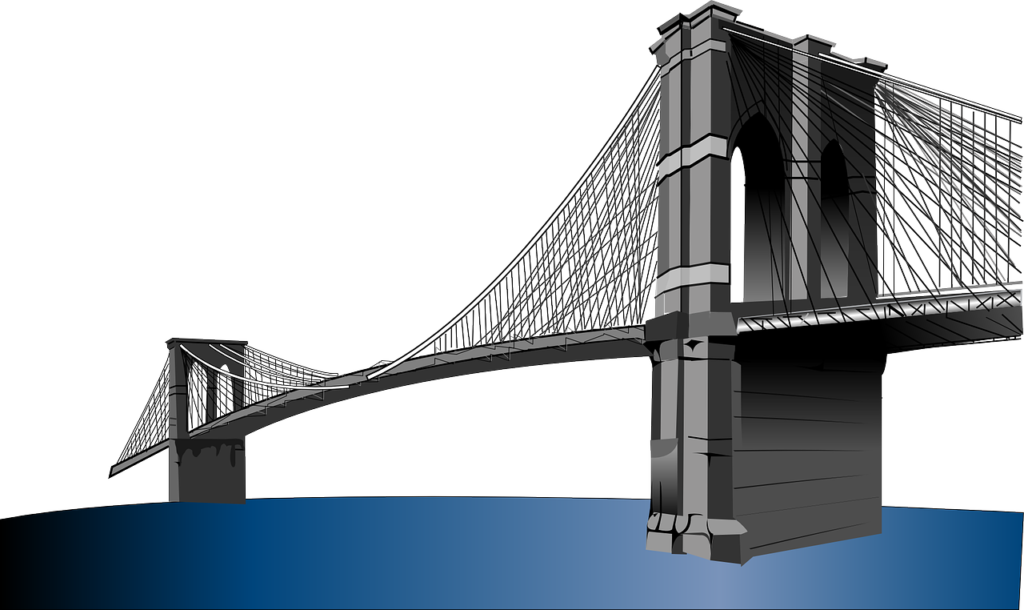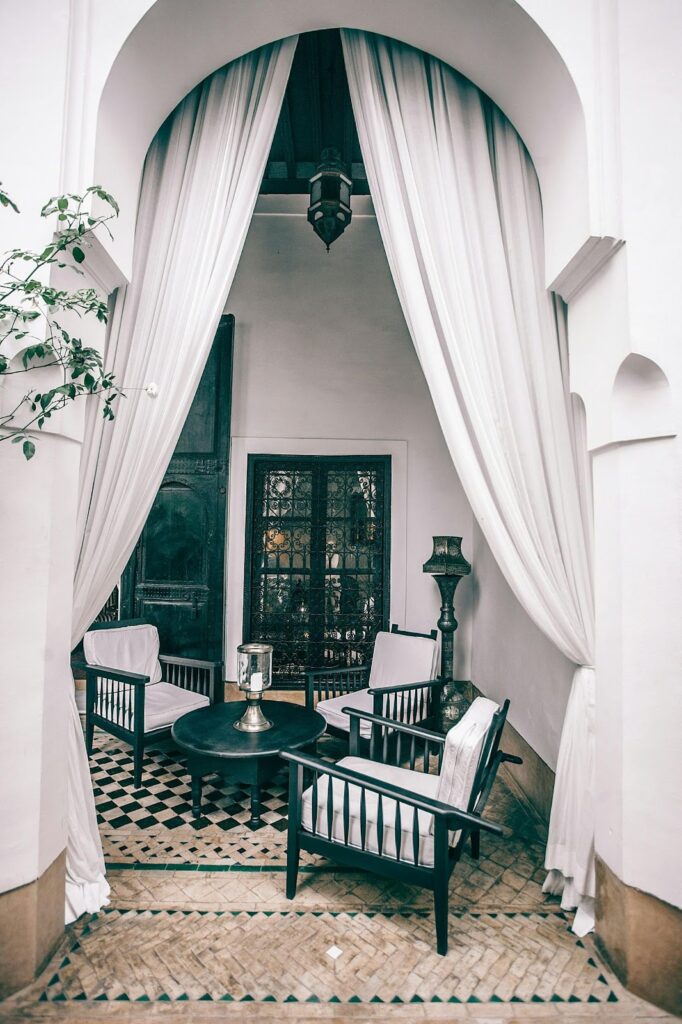Meta description: A venture by the Block Exploration Gathering (BRG) at ETH Zurich and Zaha Hadid Planners Calculation and Configuration Gathering (ZHACODE), in a joint effort with incremental3D (in3D), made conceivable by Holcim. A curved 3D-concrete-printed workmanship span.
introduction of 3D concrete printed workmanship
Striatus is a curved, unreinforced 3D concrete printed workmanship footbridge made out of 3D-printed substantial blocks gathered without mortar. Displayed at the Giardini della Marinaressa during the Venice Design Biennale until November 2021, the 16×12-meter footbridge is the first of its sort, consolidating conventional procedures of expert developers with cutting edge computational plan, designing and automated assembling advances.
The name “Striatus mirrors” its underlying rationale and creation process. Concrete is imprinted in layers symmetrical to the vitally primary powers to make a “striated” pressure just funicular construction that requires no support.
Another dialect for concrete
Proposing another dialect for substantial that is fundamentally educated, creation mindful, environmentally dependable and definitively put to fabricate more with less, Striatus advances the interrelated properties of brick work structures, 3D substantial printing (3DCP) and contemporary plan; introducing an option in contrast to customary substantial development.
Strength through calculation
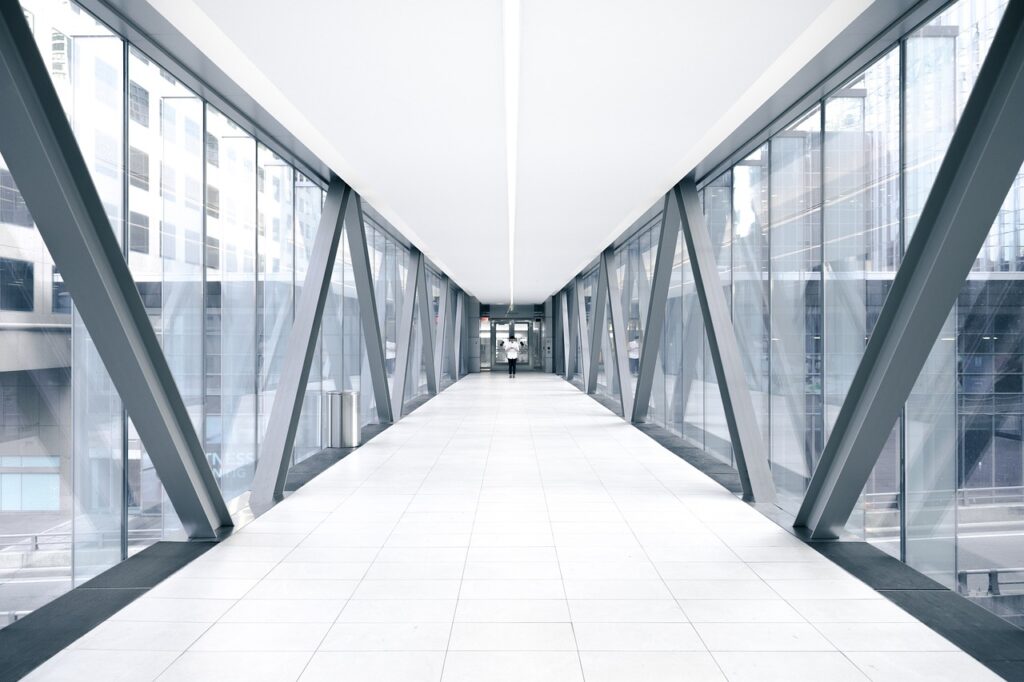
3D Printed Stone Bridge
Striatus is an unreinforced substantial construction that accomplishes strength through math. Cement can be viewed as a counterfeit stone that performs best in pressure. In angled and vaulted structures, material can be set unequivocally so that powers can venture out to the backings in unadulterated pressure. Strength is made through calculation, as opposed to a wasteful gathering of materials as in traditional cement footers and level floor sections. This presents chances to essentially diminish how much material expected to traverse space as well as the likelihood to develop with lower-fortitude, less-contaminating other options.
wall decoration: https://jagwalhome.com/category/wall-decor/
Shows the Future of Architecture 3D concrete printed workmanship
Striatus’ bifurcating deck math answers its site conditions. The funicular state of its underlying curves has been characterized by limit examination strategies and harmony techniques, like push network investigation, initially produced for the primary appraisal of notable brick work vaults; its bow profile envelops the push lines that follow compressive powers through the design for all stacking cases.
Steel strain ties retain the flat pushed of the curves. Neoprene cushions in the middle of between the dry-collected blocks stay away from pressure fixations and control the erosion properties of the connection points, repeating the utilization of lead sheets or delicate mortar in authentic brick work development.
The strength of geometry

In plan, the limits of the design structure profound curves that move flat loads (for instance, from guests resting up against the balustrades) to the backings in unadulterated pressure. High level discrete component displaying (DEM) was utilized to refine and advance the blocks’ stereotomy and to check the steadiness of the whole gathering under outrageous stacking cases or differential settlements of the backings.
The extension’s 53 3DCP voussoirs have been delivered utilizing non-equal print layers that are symmetrical to the prevailing progression of powers. This dodges delamination between the print layers as they are together in pressure. The added substance producing process held guarantees the underlying profundity of the parts can be accomplished without delivering blocks with a strong segment, consequently decreasing how much material required contrasted with subtractive manufacture strategies or projecting.
Striatus understands 3D printed workmanship
Striatus understands workmanship underlying rationale on two levels. In general, the extension acts as a progression of inclining unreinforced voussoir curves, with discretisations symmetrical to the prevailing progression of compressive powers, following similar primary standards as angled Roman scaffolds in stone. Locally, fair and square of the voussoir, the 3DCP layers act as customary block stone work obvious in the slanted columns of blocks inside Nubian or Mexican vaulting.
Feasible computerized concrete
Round by plan, Striatus places material just where required, essentially lessening its ecological impression. Worked without support and utilizing dry gathering without covers, Striatus can be introduced, destroyed, reassembled and reused more than once; showing how the three R’s of manageability (Lessen, Reuse , Reuse) can be applied to substantial designs.
Diminish: Bringing down exemplified emanations through underlying math and added substance fabricating that limits the utilization of assets and takes out development squander.
Putting concrete just there where required
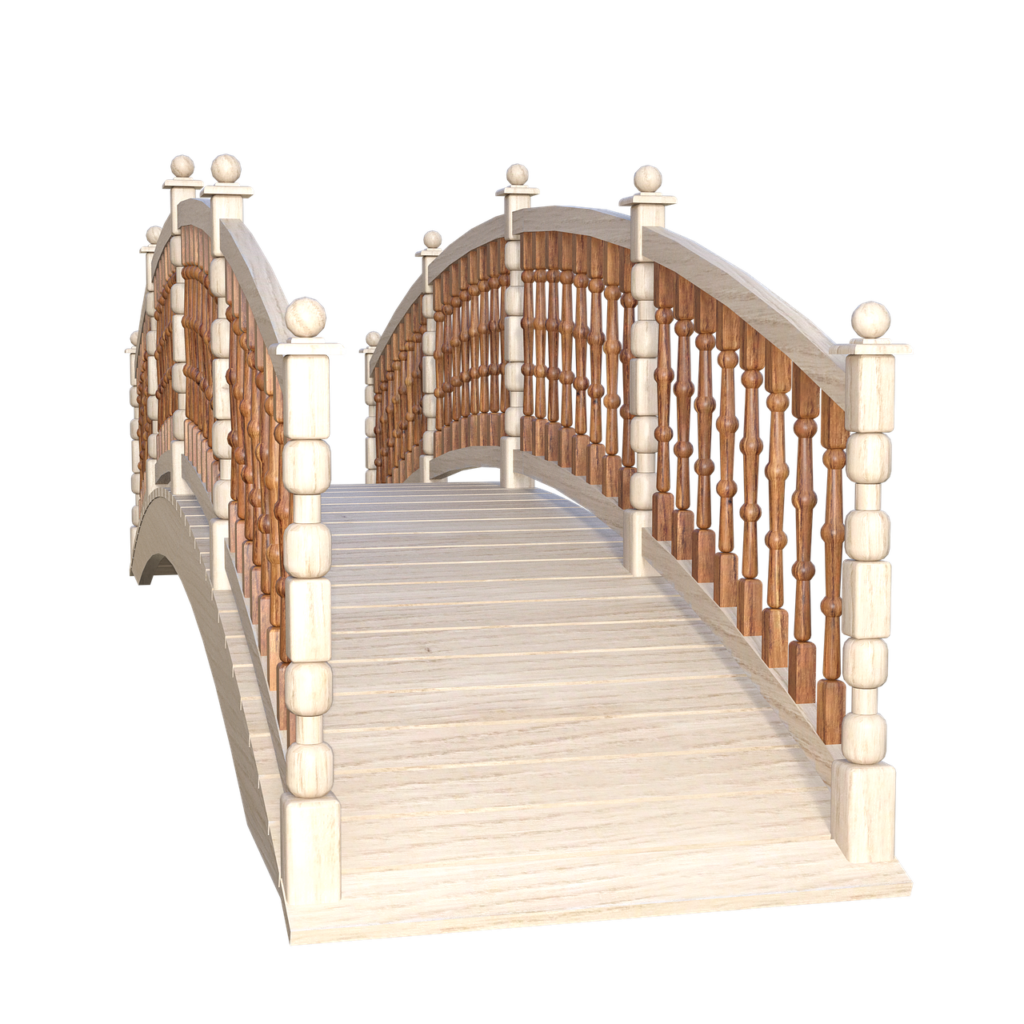
, 3DCP limits how much material expected, while the low-stress, pressure just funicular calculation of Striatus proposes the further advancement of 3DCP that will empower the utilization of much lower-strength, less-contaminating printable materials .
Contrasted with implanted support in concrete, Striatus utilizes outer connections to retain the push of its angled shape and decisively diminish how much steel required. A high carbon-extreme material, steel support (100 percent reused) per unit mass is in excess of multiple times that of standard cement.
Further developing circularity and life span
Disclemer
Customary built up substantial designs, Striatus is intended to be dry gathered with no folio or paste, empowering the extension to be destroyed and reused in different areas. Its funicular plan guarantees the 3DCP blocks experience low burdens all through their utilization, bringing about no deficiency of underlying trustworthiness. Striatus isolates parts in pressure and strain, guaranteeing outside ties can be effectively gotten to and kept up with, bringing about a more extended life expectancy for the whole construction.
Reuse
Reuse: By guaranteeing various materials are isolated and detachable, every part of Striatus can undoubtedly be reused with insignificant energy and cost. 3D printing additionally maintains a strategic distance from the waste and expenses related with single-use molds. Furthermore, the part materials inside Striatus stay discrete and detachable with the utilization of mechanical associations, for example, straightforward dry contacts between the voussoirs as opposed to compound pastes or folios, guaranteeing a basic, low-energy reusing process toward the finish of the components’ life, possibly after numerous patterns of reuse.
Mechanical 3D substantial printing
Mechanical 3D substantial printing
Not at all like normal expulsion 3D imprinting in basic level layers, Striatus utilizes a two-part (2K) substantial ink with comparing printing head and siphoning game plan to unequivocally print non-uniform and non-equal layers through a 6-hub, multi-DOF mechanical arm . This new age of 3D substantial imprinting in blend with the angled stone work configuration permits the subsequent parts to be utilized basically with practically no support or post-tensioning.
To forestall misalignment between the heading of underlying powers and the direction of material layers that emerges from ordinary shape-freethinker cutting of unequivocally displayed calculation, an exceptionally evolved plan pipeline was figured out for Striatus to guarantee that its printed layers are completely lined up with the bearing all through of pressure powers the whole scaffold and furthermore locally through every 3D-printed block.
progressed and refined
To resolve issues and difficulties that could in the middle between solidness during printing, the rationality and possibility of the bit by bit developing print ways have been displayed utilizing a Utilitarian Portrayal ( FRep) process. This interaction encodes and constantly checks rules of least cross-over, greatest cantilever between print layers and print length, print speed and the volume of wet cement expelled. These actions, regularly utilized in evenly layered 3DCP, have been progressed and refined to deal with a slanted plane setting:
The precise contrasts
contrasts among start and end planes of each of the 53 printed blocks have been at the same time changed in accordance with meet various standards like a proper primary contact and point between contiguous blocks, and greatest print tendency.
The cautious plan and iterative refinement of the empty cross-segments and infill triangulation have guaranteed that material is set relating to the exactly examined, neighborhood underlying execution of each block.
This plan and enhancement have been applied to every individual layer of each and every block (with 500 print layers on normal per block), guaranteeing that all blocks are essentially as empty and light as could be expected, and thusly utilize minimal measure of material conceivable while keeping up with primary respectability under all stacking conditions.
The subsequent multifaceted cross-sectional plan has been handled into a solitary, ceaseless print way meeting different models happening that incorporate suitable print speed and turning radii, basically required material width and thickness, and controlled articulation of normally printing curios.
End
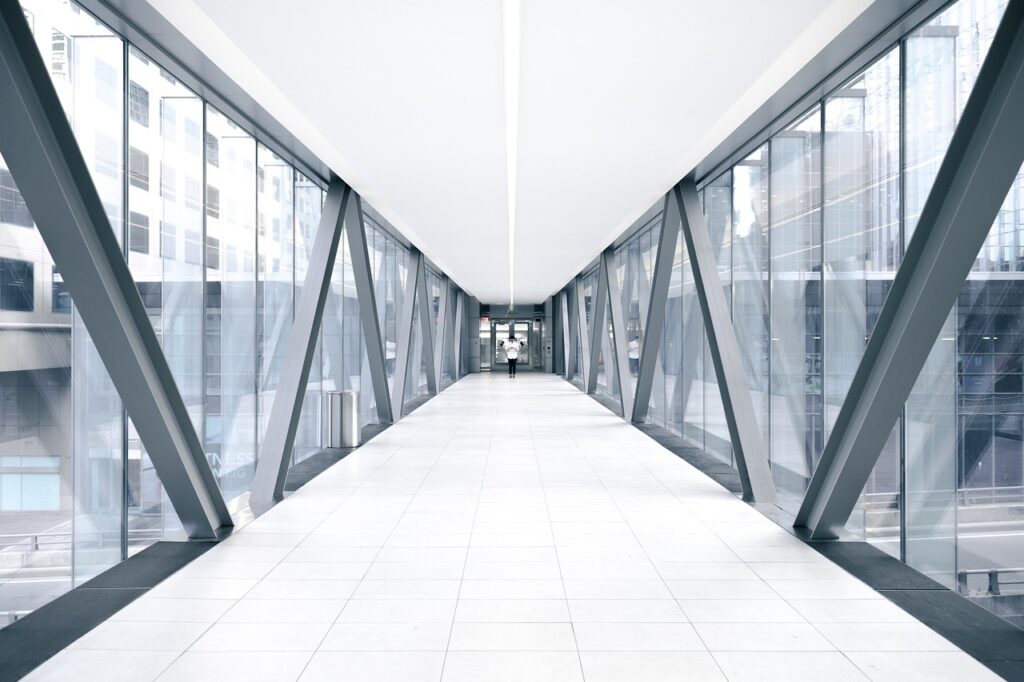
A nuanced part of mechanical 3DCP brick work is the re-presentation of knowledge and exceptionally talented work into the assembling and development industry. The digitization of creation and computerized expansion of talented gathering and development methods makes generally accumulated information available to more youthful ages and empowers its orderly redesign towards industrialized development using computational and mechanical advancements. As an unmistakable difference to a beast force, and frequently substantially inefficient economy one-sided towards computerization and sequential construction system creation, 3DCP stone work presents prospects of a harmonious human-machine economy. This commitments a naturally, socio-socially and monetarily manageable option in contrast to its twentieth century ancestor.
Computational plan to-development combination
for more infohttps://www.printables.com/model?category=44
Incorporating configuration, designing, creation and development, Striatus rethinks regular interdisciplinary relations. The exact assembling of the blocks was empowered by clear cut information trade between the different space explicit programming toolchains engaged with the interaction. This co-de
